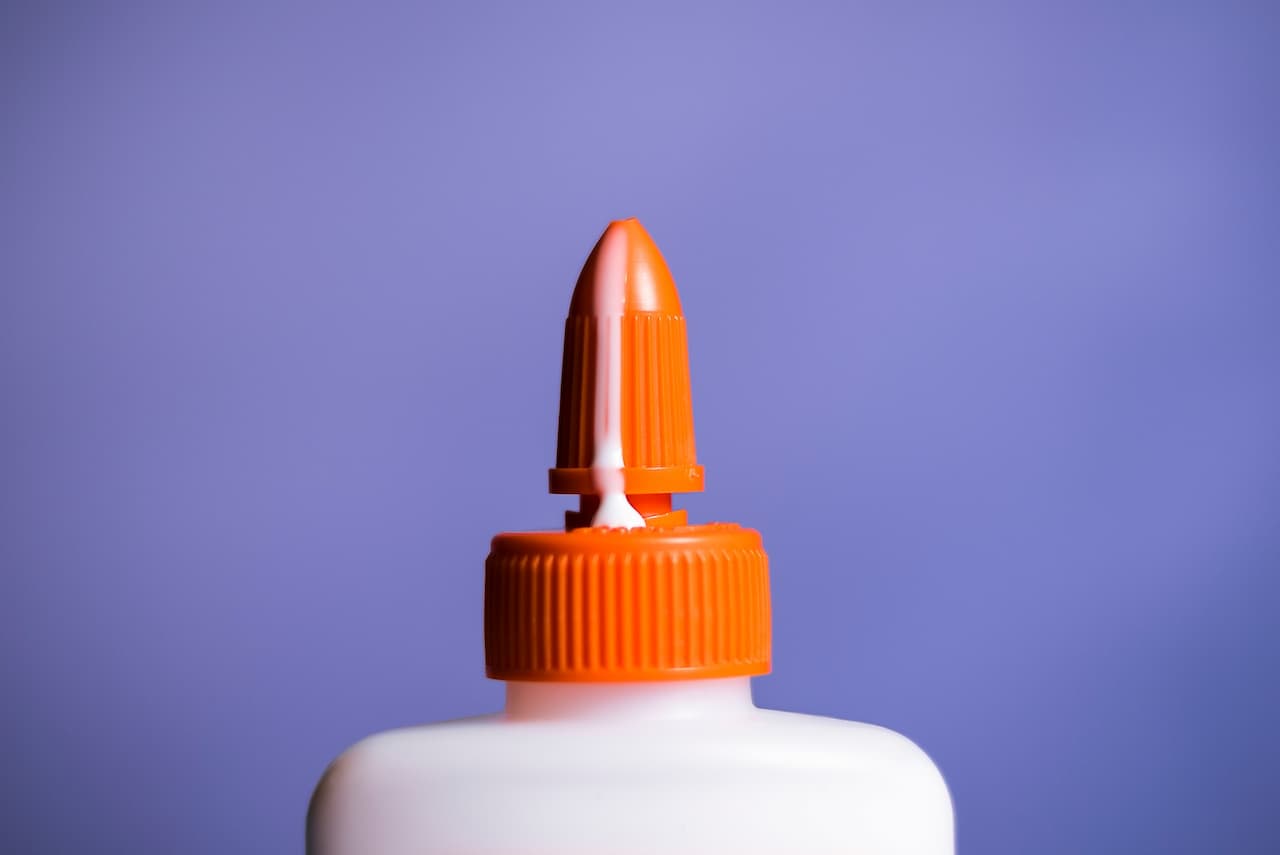As a seasoned woodworker, I’ve encountered countless projects that hinge on the proper drying time of wood glue. Whether it’s intricate furniture builds or simple repairs, understanding the drying process is crucial for achieving optimal bond strength. In this comprehensive guide, I’ll delve into the intricacies of wood glue drying, exploring its stages, factors that influence it, and expert tips for ensuring successful results.

How Long For Wood Glue To Dry
Before we dive into the nitty-gritty, let’s gain a clear understanding of wood glue. It’s an adhesive specifically designed to bond wood surfaces, forming a strong and durable connection. Wood glue is composed of various polymers and resins, which, when applied, create a chemical reaction that hardens and solidifies over time. This process, known as curing, is what gives wood glue its adhesive properties.
Stages of Wood Glue Drying
The drying process of wood glue can be divided into three distinct stages:
- Open Assembly Time: This is the initial stage where the glue is applied to the surfaces to be bonded. During this time, the glue remains wet and workable, allowing for adjustments and positioning of the pieces.
- Tack Time: This stage occurs as the glue begins to dry and a bond starts to form. The glue becomes tacky and develops a slight resistance to movement. It’s essential to minimize movement during this stage to prevent weakening the bond.
- Curing Time: This is the final stage where the glue fully hardens and reaches its maximum bond strength. The curing time can vary significantly depending on the type of glue, temperature, and humidity.
Factors Influencing Drying Time
Several factors can impact the drying time of wood glue:
- Glue Type: Different types of wood glue have varying drying times, with aliphatic resin glue typically drying faster than polyurethane and epoxy glues.
- Temperature: Higher temperatures accelerate the curing process, while lower temperatures slow it down. Optimal drying conditions are typically around 70-80°F (21-27°C).
- Humidity: High humidity levels can extend the drying time, as moisture in the air can interfere with the curing process.
- Joint Fit: Tightly fitted joints, with minimal gaps, promote faster drying as they minimize glue squeeze-out.
- Wood Type: Different wood species have varying moisture contents, which can affect the drying time. Denser woods generally take longer to dry than softer woods.
Tips and Expert Advice
Here are some valuable tips and expert advice for optimizing the drying time of wood glue:
- Read the Manufacturer’s Instructions: Always refer to the manufacturer’s specifications for the specific glue you’re using to determine its drying time.
- Clean and Prepare Surfaces: Ensure the surfaces to be bonded are clean, dry, and free of any contaminants, as this can hinder adhesion.
- Apply the Right Amount of Glue: Use a sufficient amount of glue to fill the joint properly without excessive squeeze-out.
- Clamp or Press Joints: Applying pressure to the joint helps distribute the glue evenly and ensures proper bonding.
- Provide Adequate Ventilation: Allow for proper air circulation to facilitate drying, especially in humid environments.
Frequently Asked Questions
Q: How long should I wait before sanding wood glue?
A: Wait until the glue has fully cured and reached its maximum bond strength, typically 24 hours or more.
Q: Can I use wood glue outdoors?
A: Some wood glues are specifically designed for outdoor use and can withstand moisture and temperature fluctuations.
Q: How do I remove dried wood glue?
A: Dried wood glue can be removed using a chisel, sandpaper, or chemical solvent, depending on the type of glue and the surface.
Conclusion
Understanding the intricacies of wood glue drying is essential for achieving optimal bond strength in woodworking projects. By considering the various factors that influence drying time and following the expert advice provided, you can ensure that your glued joints are solid and durable. Whether you’re a seasoned woodworker or a beginner, this guide has equipped you with the knowledge and tools to master the art of wood glue drying.
So, are you ready to embark on your next woodworking adventure with the confidence to perfectly bond wood surfaces? Remember, if you have any further questions or need additional guidance, don’t hesitate to consult reliable sources or connect with experienced woodworkers. Happy gluing!
How Long For Wood Glue To Dry

Image: papaswoodentoys.com










